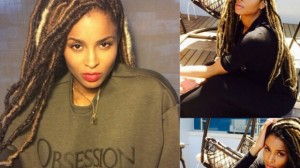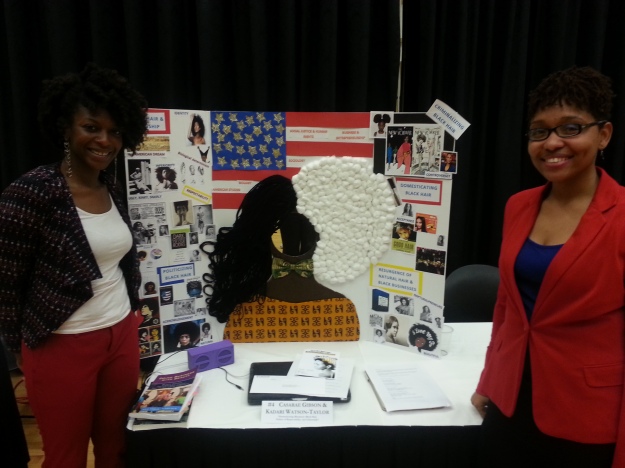I won a “prize” two weeks ago for attending a College of Liberal Arts Career Fair. Beforehand I found out in an email that I had won a prize. To my dismay, the email listed my “prize” as “salon products”. I had intially held out a sliver of hope that they might not ascribe to the hegemonic ideal that all hair should or ought to be straight.
But, I knew there would be a problem, when later on in the email, an unmistakable gender order emerged. All gifts were centered around gendered artifacts for career and professionalism, including gender-appropriate suits, portfolios, resume paper, and gift certificates. According to the prize email, I and other women were receiving the necessary gender-appropriate tools to enhance our career development, including salon gifts and tanning packages. Comedy ensued when my suspicions were confirmed as my boyfriend, whose name they thought sounded like a female’s,
 received tanning minutes. Not surprisingly, my prize were salon products for “straight sexy hair”.
received tanning minutes. Not surprisingly, my prize were salon products for “straight sexy hair”.
Of course, I felt like the CLA was failing to abide by its diversity initiative listed below:
Improve the academic climate so that it is increasingly civil, respectful, accessible, and free from harassment; Create and sustain an environment that supports intellectual inquiry, cultural enhancement, and awareness of broader issues.

I felt the need to issue a complaint immediately, which brought me to the office of the career development director across the hall.
I revealed to the director, a straight haired woman of European descent, that the gift I had been offered was problematic. It was bought under a taken-for-granted assumption that it would be desirable to someone with straight hair, and, more specifically, under the assumption that hair should be straight. I tried to explain that her prize was not, in fact, a prize for many of those that belong to the diverse Purdue student body. Instead, it was a reminder of being at an institution that has for so long failed to grasp this quality. With this, she laughed at me, stating it was ridiculous that I was complaining about a ‘gift’. I asked if there was anyone else I could talk to that would hear me out and at least consider my point of view. There wasn’t.
I left feeling chastised by her continued laughter, which trivialized my feelings. I was treated, as if, I was just being ungrateful. She only perceived the situation as some hilarious event where a spoiled student tried to rip her off. She said out loud, holding up a stickie pad as I left, “Please write this down because I have to remember this.”
The CLA Diversity Initiative was not honored in this case. Gender and racial discrimination were, in fact, reinforced with these gifts. As a mixed race student at Purdue, my presence as someone who mattered was not considered.
To the Liberal Arts Career Development center, who promote that professional hair means straight and sexy, and the admin I spoke to, here, “I wrote it down.”










